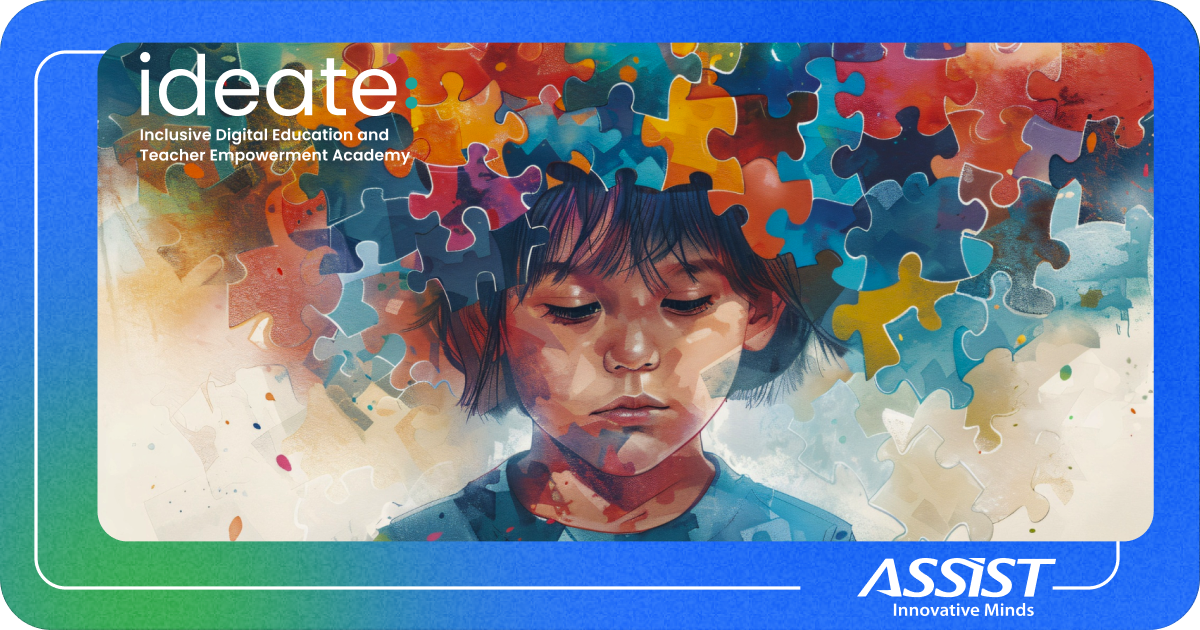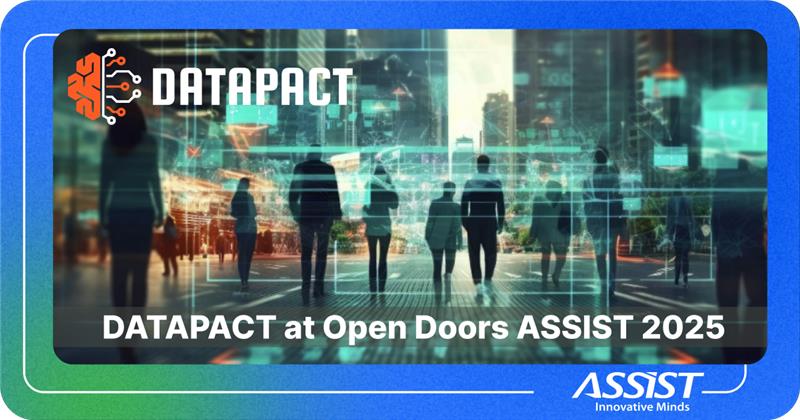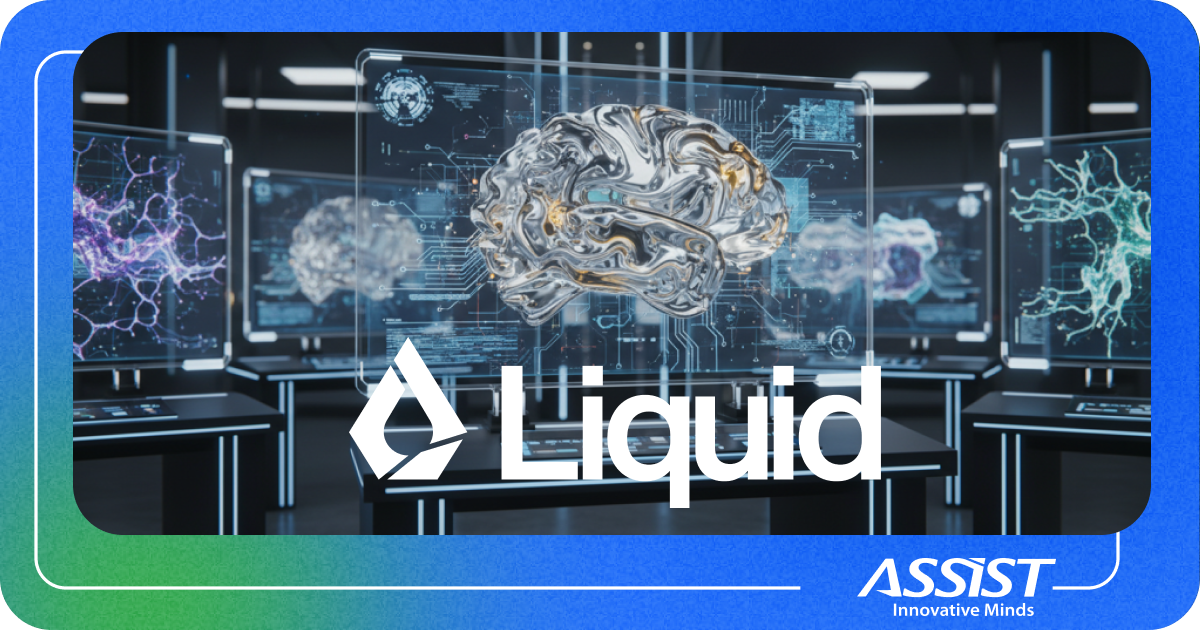Did Unreal Just Start A New Real-time Development Revolution? What Did You Miss?
Epic Games used the stage at Unreal Fest in Orlando to deliver the 2025 announcements that reframe how game studios, simulation developers, and enterprise creators will work in the years ahead. From advancements in AI and animation to a more open and creator-driven ecosystem, the direction is clear: the tools are becoming more powerful, accessible, and flexible.
The implications are significant for professionals working in gaming, virtual production, training, or real-time digital experiences. This article breaks down the announcements that matter most and explains how they align with the kind of work we do at ASSIST Software through our Interactive Technologies department. Our team specializes in building games, digital twins, and military-grade simulations using Unity and Unreal Engine.
MetaHuman Moves Beyond Unreal

MetaHuman Moves Beyond UnrealOne of the most impactful announcements was the expansion of MetaHuman tools to support other engines. Until now, MetaHuman was exclusive to Unreal Engine, limiting its reach despite offering some of the most advanced digital human systems available. That changes with this update. Developers can now integrate MetaHuman assets into their pipelines using Unity or other platforms.
MetaHuman content is also available in the Fab marketplace, allowing creators to license and distribute characters more easily. This move simplifies access to high-fidelity avatars and opens up monetization opportunities for creators.
For cross-platform projects, this opens the door to more cohesive development. At ASSIST, we often build digital twins for industrial environments, simulations for defense, and gamified systems for education. Now we can implement realistic, high-quality avatars across various platforms, regardless of the client's preferred engine. Whether a virtual production scenario or a medical training module, the result is greater flexibility and visual fidelity.

Epic introduced two new AI-based systems that streamline development and expand design possibilities. The first is the Persona Device, which allows creators to build non-player characters with distinct personalities, speech behaviors, and dynamic responses. This tool brings intelligent interactions to games and simulations without requiring complex AI engineering.
The second is the Epic Developer Assistant, a contextual tool embedded in the editor that helps developers find documentation, debug code, and accelerate workflow. It reduces the learning curve for newcomers and improves productivity for experienced teams.

We see these tools as game-changers. In our simulation and training projects, we often need to create dynamic environments populated by lifelike digital agents. The Persona Device can add interactive characters who respond to users based on context and scenario-specific logic. These AI-driven behaviors can provide immersion without adding engineering overhead in a training simulation for emergency response or combat operations. Meanwhile, the Developer Assistant helps our teams spend less time searching for solutions and more time delivering value to our clients.
The Witcher 4 Demo Sets a New Benchmark
One of the most anticipated moments of the keynote was the reveal of The Witcher 4 technology demo by CD PROJEKT RED. Running at 60 frames per second on PlayStation 5, the demo showed off open-world rendering with Nanite foliage, Fast Geometry Streaming for seamless loading, Mass AI for crowd simulation, and MetaHuman-powered characters using realistic muscle deformations via ML Deformer.

The partnership between Epic and CD PROJEKT RED also signals a broader trend. Moving away from a proprietary engine toward shared infrastructure reflects a new industry mindset where collaboration and community-driven tooling take precedence over building everything in-house.
The technologies featured in the Witcher 4 demo are now available to all Unreal Engine users, enabling us to deliver immersive, high-performance applications with greater speed and scalability.
“We want to build tools that empower creators to make the best games possible, without Unreal standing in your way.”
- Tim Sweeney, CEO of Epic Games, during The Witcher 4 showcase at State of Unreal 2025.
Strategic Outlook
The State of Unreal 2025 keynote highlights a clear direction for the industry: more open tools, more intelligent systems, and more sustainable business models.
At ASSIST Software, this is an opportunity to expand the value we bring to clients further. With deep experience in Unity and Unreal and a strong track record in interactive technology, we are ready to help organizations build the next generation of real-time digital experiences, whether that means a high-stakes simulator, a scalable digital twin, or a game that reaches a global audience.



